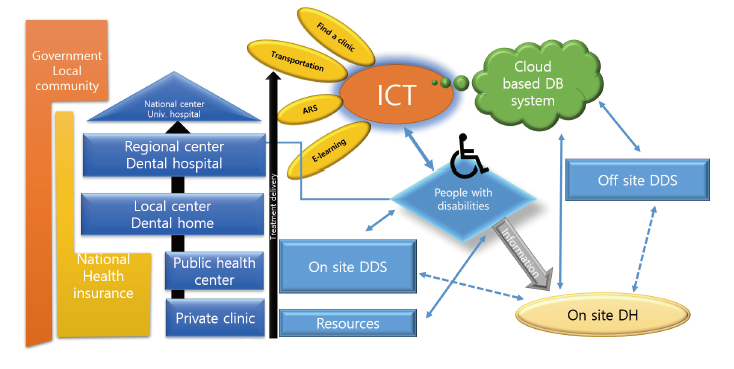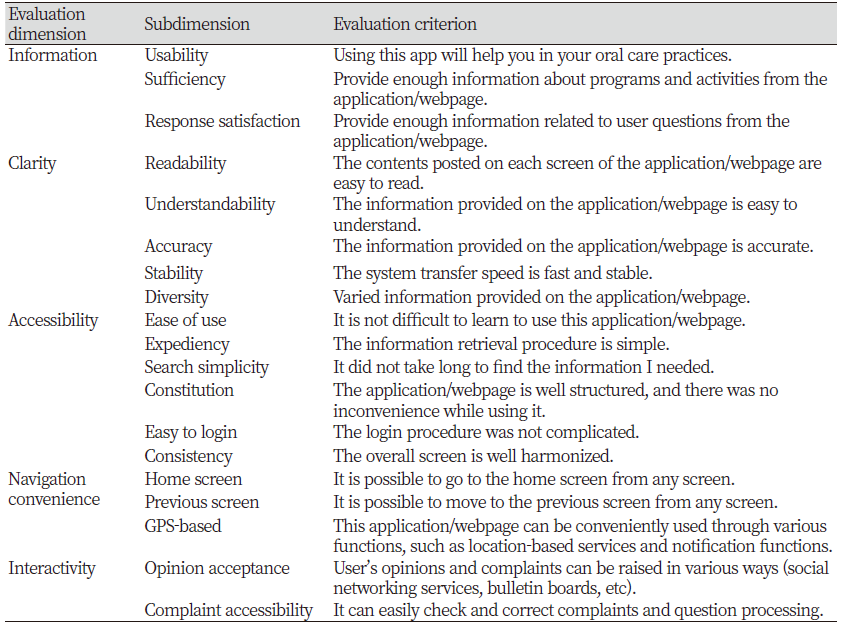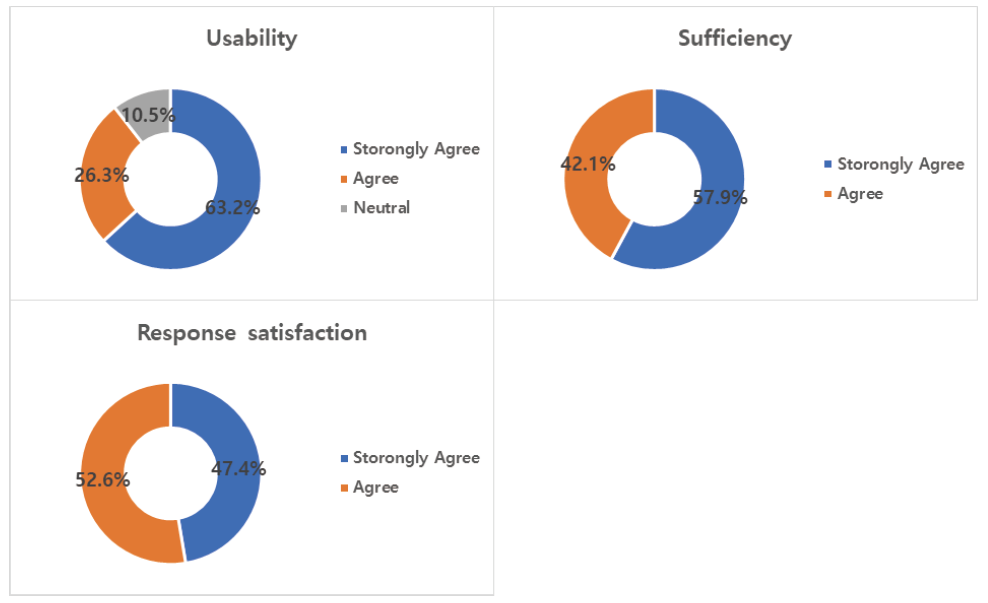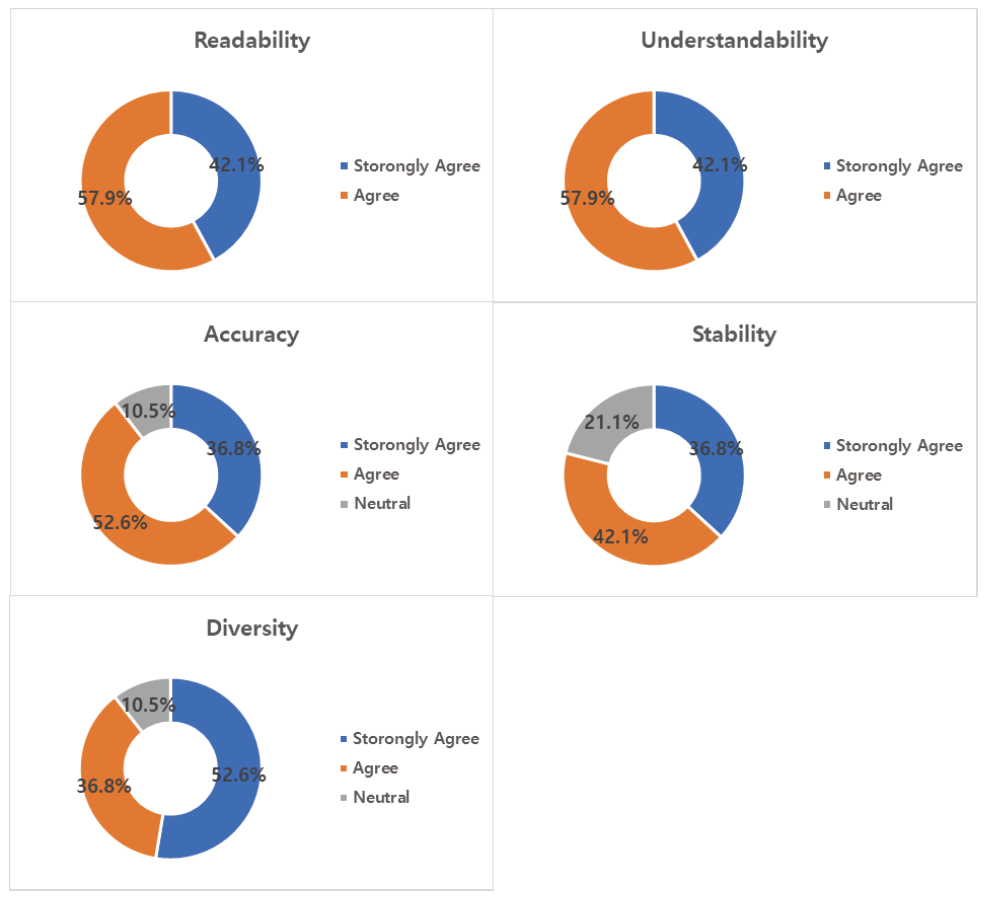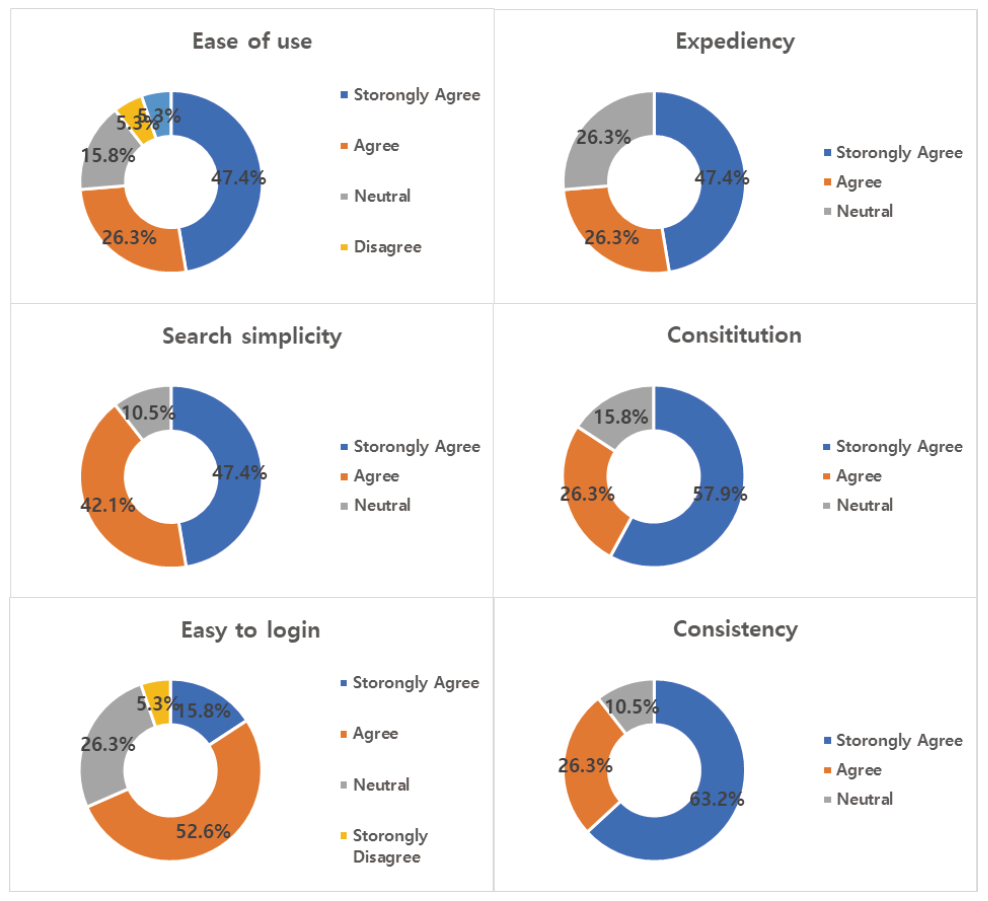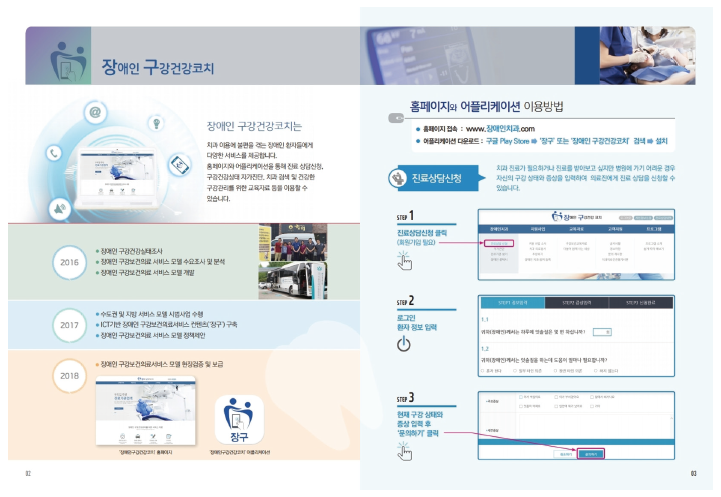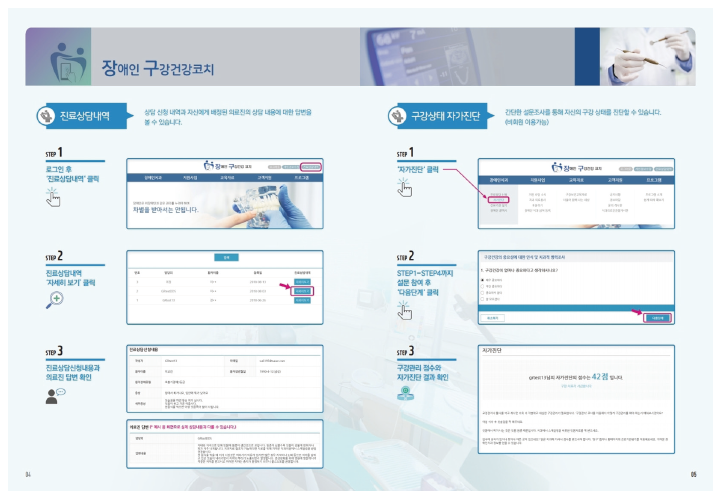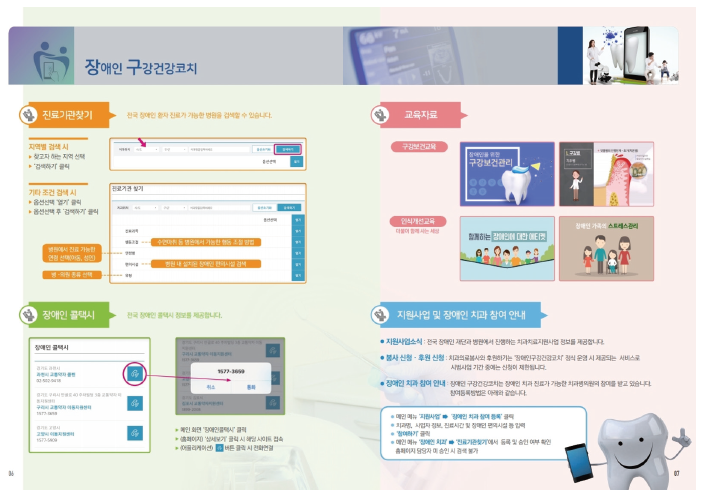Introduction
With the emergence of coronavirus disease 2019, face-to-face interaction has become difficult; thus, non-face-to-face methods using information and communication technology have been gaining prominence, even in the medical field [1]. However, in the field of oral health care, research on non-face-to-face methods is scarce; thus, such methods combining information and communication technology are much needed. Collaborations between multi-disciplinary specialists is required for the appropriate diagnosis and treatment of dental patients. However, errors in interprofessional communication may result in delays in treatment, misdiagnosis, and errors in drug administration, resulting in the injury or even death of patients [2]. To reduce such errors, interprofessional workshops, interdisciplinary online modules and simulations, and interprofessional education must be given due focus.
Interdisciplinary communication and teamwork in the medical and dental fields, which require a patient-centered team approach, can have a significant impact on patient prognosis [3]. Interest in interprofessional education and awareness has increased, and measures have been proposed to facilitate communication by reviewing the differences, diversity, and roles among professionals. Nevertheless, lack of experience, the complexity of health care and the health care environment, and lack of structure and standardization appear to be obstacles to interprofessional communication [4]. Although several studies have been conducted on multiple healthcare and communication issues among healthcare professionals, there is a lack of related research in dentistry to date. Moreover, the Commission on Dental Accreditation and the American Dental Education Association reported a correlation between core competence of dentists with close relationships with other health care professionals and improved work skills [5]. Therefore, developing communication skills is indispensable for the betterment of oral health care, especially for persons with disabilities.
Interparticipant communication also plays an important role in improving the quality and prognosis of healthcare. Communication between the professional and the patient is a dominant factor in determining the cost, efficiency, and effectiveness of treatment, as well as patient satisfaction, and ways to improve these are actively being researched [6-8]. Telemedicine, which is based on information and communication technology (ICT) and has been proposed primarily for vulnerable classes unable to access medical services in a timely manner, has also been proposed as a solution to this problem of communication between patients and medical staff [9-11]. At the time as the current under COVID-19, it can bridge the medical/dental gap and is widely used in healthcare fields as a tool for continuous healthcare after treatment [12-15].
Persons with disabilities have poorer oral health than those without disabilities, and a survey of the needs of persons with disabilities has shown that access to dental care is limited [16]. This is common for people with disabilities in many countries [17-19]. To improve the accessibility of oral health care for persons with disabilities, ICT-based dental services may be used [20]. Improving communication using ICT in healthcare will assist patients in terms of improving their prognosis and providing a means of continuous health management [21].
The health care field requires advanced medical knowledge and specialized personnel, especially for the analysis and management of information. ICT has developed and evolved to promote the management of information. In this study, we created an ICT platform to review the appropriate oral health care of persons with disabilities. Accordingly, we provided oral health care services and investigated the validity of the ICT system.
Methods
The study was conducted over 6 months from January 2018 to August 2018 with the approval of the Seoul National University Clinical Research Ethics Committee (S-D20160014, S-D20170019, S-D20180023). We initially identified the types of oral health services required by disabled persons. This was centered on providers and consumers and based on the results of an oral health survey of disabled persons. Based on this and after consulting with experts in the field, we devised a mobile application and web-based platform termed “Oral Health Coach for the Disabled” that utilizes ICT. We performed a manufacturing-oriented interprofessional platform evaluation from March 2016 to March 2017 with a survey of professionals with disabilities who work in the fields of dentistry and business modeling. The portal was subsequently used on a trial basis from 2017 to 2018 <Fig. 1>.
1. Delphi survey
To evaluate the developed model, a Delphi survey was conducted among 30 people, including those in academia, government agencies, and dentistry. Of these, 16 people made it clear that they wished to participate in the final panel. Two Delphi surveys were conducted. The evaluation items for ICT infrastructure services consisted of questions related to the cost of revenue and revenue sources, service provider, beneficiary of the service, content, and scope of the service provided. Questions were evaluated on a seven-point scale. Stability of a question indicated expert agreement with that question. The coefficient of variation (CV) is the ratio of the standard deviation to the mean; 0 < CV ≤ 0.50 indicated high agreement. The Content Validity Ratio (CVR) determined whether the content of each questionnaire item was appropriate. When less than 50% of the panel responded positively, a negative value was assigned. In case, 50% responded positively, a zero value was assigned. If 100% responded positively, a value of one was assigned. The question had content validity when an answer was provided by more than 50% of the total response panel.
2. Satisfaction assessment of the platform
We conducted a satisfaction survey on 200 persons with disabilities, parents, and public institutions regarding the ICT-based oral health care service platform using the User Experience Questionnaire (UEQ). The criteria were information provided, clarity, design, navigation convenience, and interaction <Table 1> [22]. We subsequently conducted a multi-faceted satisfaction survey addressing various aspects of the service. Finally, an analysis of the most used function of the application or web platform was performed.
Results
1. Assessing the validity of ICT using the Delphi survey
Of the 30 experts, 16 participated, and their characteristics are shown in <Table 2>. The first Delphi survey concerned policy-related issues, while the second dealt with an analysis of the items with CV ≤ 0.50 <Table 3>.
The home dental service on the ICT platform was designed for dentists and dental hygienists who belonged to a health center catering to individuals with severe dental problems who were unable to visit medical institutions. Regarding the service giver and service contents, expert evaluation concluded that a dental hygienist would conduct oral health education (CVR > 0.50). However, it was found that additional social discussions and agreements were necessary for the services provided during home visits to persons with disabilities. Additionally, when visiting homes, dental hygienists may face problems while screening due to current medical laws. There was a relatively high degree of agreement between senior hospital requests and policies that only provide education to persons with disabilities (CVR > 0.50). Considering financial support, the central government and local government share required finances for oral health care based on ICT. All of the experts ultimately agreed that the introduction of oral health care based on ICT for persons with disabilities was appropriate (CVR > 0.50).
Table 3. Delphi survey for oral health care services using information and communication technology
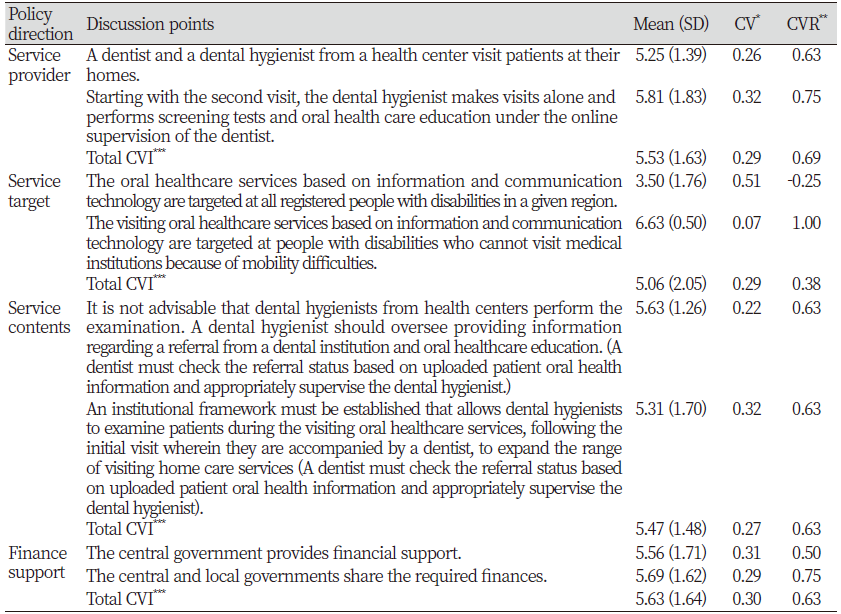
|
|
*CV : Coefficient of Varation, ** CVR : Contents Validit Ratio, ***CVI : Contents Validity Index |
2. Platform satisfaction assessment
All of the 200 study participants responded, And the application scored high in terms of satisfaction for mean information provision, information clarity, ease of use, ease of navigation, and interactivity scores <Fig. 2–6>. In the survey on satisfaction with the application and homepage, most of the responses indicated that the participants were satisfied. However, some people indicated that they were unsatisfied with the ease of use, ease of logging in, and location-based characteristics. Concerning convenience. Such as ease of login and location-based characteristics, 20~26% of respondents answered that they were strongly satisfied. This was a high percentage compared to that of other items.
Other requirements included an easy-to-understand menu (using image files), a simple interface, a consultation function using audio/video, a search function for anesthesia-enabled medical institutions, and a search function for medical institutions capable of providing medical care on weekends. There was information about the oral care center for people with disabilities, real-time consultation functions like online chat, and the construction of a database of medical institutions in the region. There were opinions that educational information was useful and that self-diagnosis could be facilitated. The usage rate was high, and there were many opinions on the expectations for the consultation function and the usefulness of the search function for dental institutions.
Discussion
The ICT platform proved to be useful in improving oral health management of disabled persons. However, issues were raised within the technical, institutional, competence, and recruitment areas. Sensitive information management using ICT in the technical field may pose security problems. In recent years, the field developed in the areas of security technology, integrated security models [23], and bio-recognition. Other security measures, such as privacy protection in telemedicine [24] and database lightweight encryption methods [25], have also emerged.
The analysis of the interviews with dental professionals and the results of the Delphi survey show that dental hygienists have the potential to achieve the goal of being providers, according to the oral health service model for persons with disabilities. The appropriateness and ease of collaboration between providers were analyzed. The validity of the role of dental professionals for persons with disabilities and the possibility of introducing ICT-based solutions were high. Interparticipant communication, defined as communication between the patient and the healthcare practitioner, is intended to help patients self-manage their treatment. This is done by accurately communicating the personalized treatment process to the patient. We hypothesize that this may have a strong impact on the prognosis [26]. Moreover, this is critical in focus areas of communication, such as lifestyle changes and mid- to long-term management, which is very important for disabled dental care patients with systemic diseases. Nevertheless, there is often a shortage of information sharing and decision-making in the actual dental clinic for disabled people [27].
Miscommunication due to the temporal and spatial limitations of medical care is a situation that is difficult to solve due to structural problems. There has been a decline in healthcare due to a reduced accessibility in areas where individual and hospital-specific improvements are difficult to achieve, especially in health services for vulnerable classes, such as persons with disabilities [21]. It is also possible to utilize ICT to organize and reproduce the collected information, and it can also be used as an important route of communication [28].
The ICT platform introduced in this study operated mainly as an application and on a website. It played an important role in the communication between participants and professionals. The existing forms of similar medical applications to date are provided as one-way services centered on the administrator, which results in a high percentage of users abandoning them mid-way [29]. Oral health services for persons with disabilities have departed from the existing health service provision system and moved to ICT-based systems. This has yielded a high level of satisfaction in both providers and consumers, and the relevance has been confirmed by experts.
In the field of oral health, assessment of ICT-based services confirmed that the dental hygienist is the most important mediator in this field. The defined role of dental hygienists in ICT-based oral health for persons with disabilities is consultation, clinic coordination, screening, dentist-guided care, visits, and case management.
ICT-based oral health services have been shown to play an important role not only in improving the communication between patients and medical staff but also in the communication process among dental professionals. The data of all 1,146 participants could be shared between professionals, including photos, execution of work instructions, dental history data, and teledental treatment instructions. This shows the validity of ICT and the role of teledentistry in the treatment of patients with disabilities. In addition, it plays an important role for processes such as oral health consultation and the provision of oral health service information and oral health education.
Interviews with the subjects also showed that they were highly satisfied with the platform. However, it should be noted that previously developed ICT platforms have some limitations. For example, continuous improvement is required in terms of search convenience, ease of login, and location-based characteristics for the betterment of communication between disabled people and professionals using the ICT platform; both groups of users, persons with disabilities and those who provide oral health care services, need an easy-to-use interface and voice and video support in common.
The ICT platform needs to be improved in a way that it is easy to use for people with disabilities. In addition, persons with disabilities and their guardians are expected to search for medical institutions, and since these functions work well, the search function for medical institutions providing anesthetic care and medical treatment on weekends are provided. Information on oral medical centers for disabled persons in a particular region and the establishment of a database with a sufficient number of medical institutions for each region are also required, and this information needs to be expanded. Nevertheless, our results suggest that the application was appropriate and that the provision of oral health services through ICT is simpler than that at physical dental hospitals.
Conclusions
Due to the increase in non-face-to-face medical/dental care and the problem of dental accessibility, it is important to utilize ICT technology that can be a point of contact for dental care in impaired oral care. Therefore, we devised an ICT platform and its validity and adequacy were evaluated through this research. Main results were as follows.
1. Experts in consensus indicated a high validity for the categories of service provider (CV=0.29, CVR=0.69), service target (CV=0.29, CVR=0.38), service contests (CV=0.27, CVR=0.63), and financial support (CV=0.30, CVR=0.63) in our information and communication technology platform.
2. As a result of the UEQ survey, both consumers of oral care for the disabled and oral care providers showed high satisfaction with ICT-based oral health services.
The provision of oral health services based on the new information and communication technology platform has numerous advantages, in addition to providing adequate oral health care for the disabled. Furthermore, the social safety net for improved oral health may be further strengthened.

